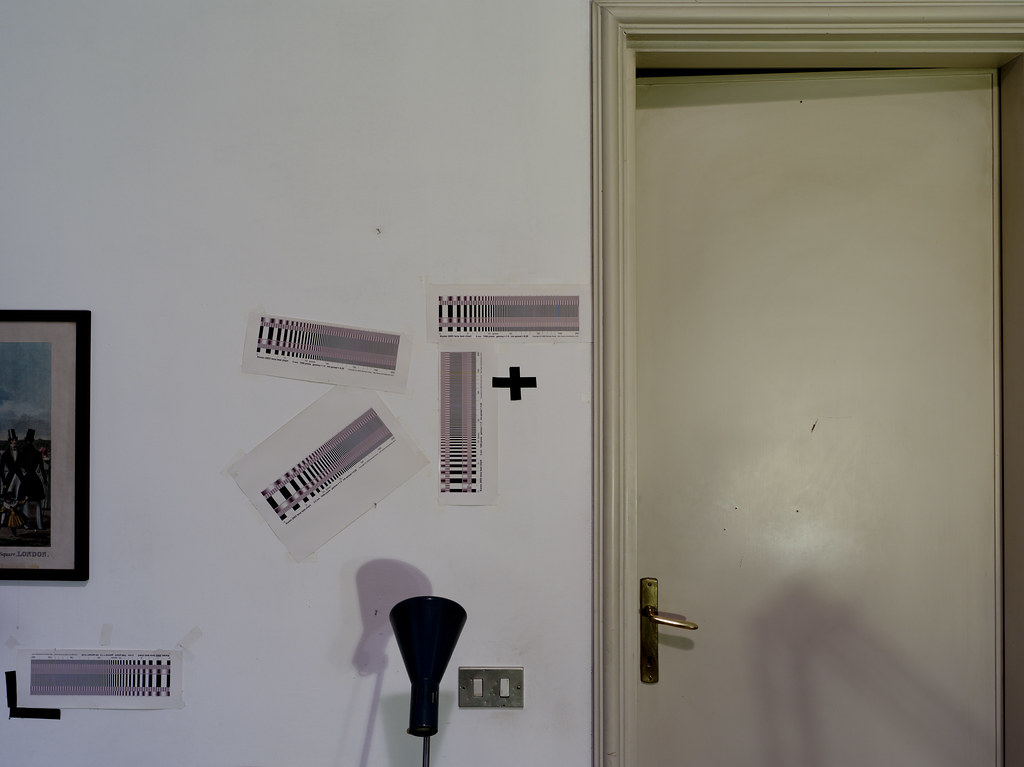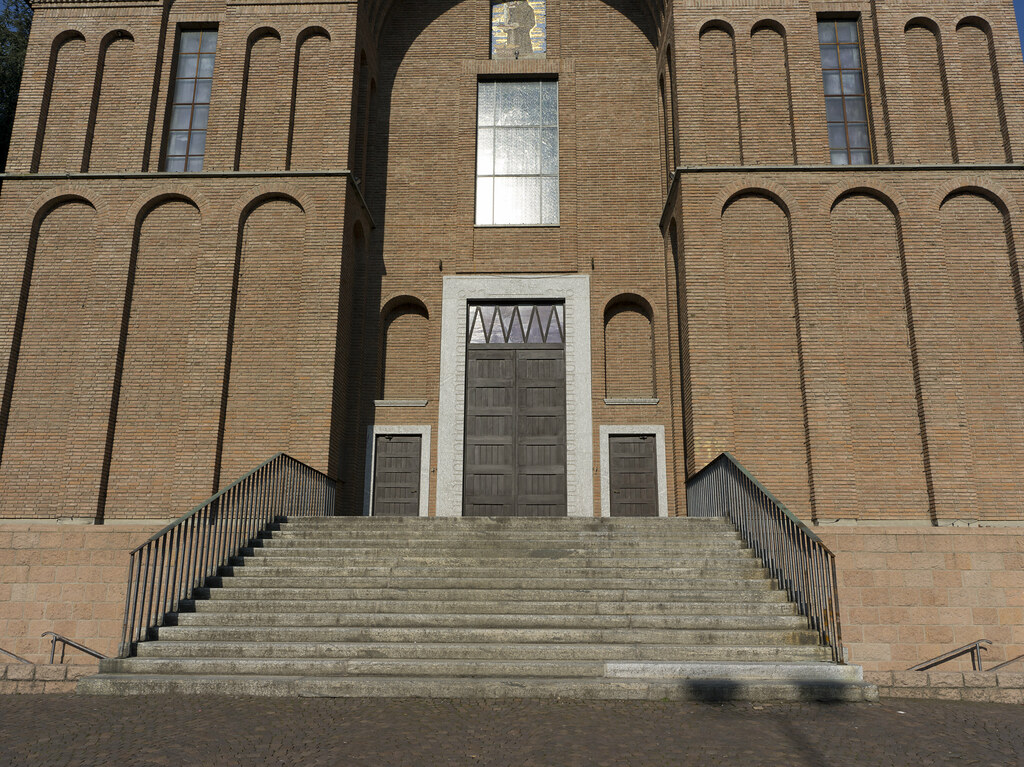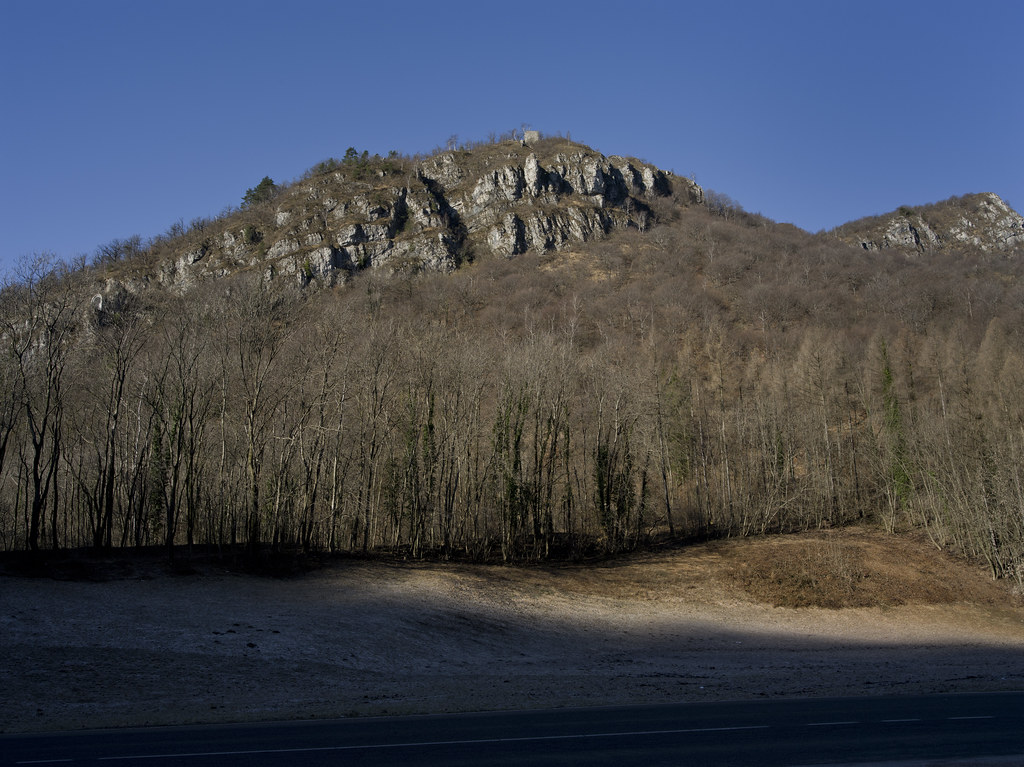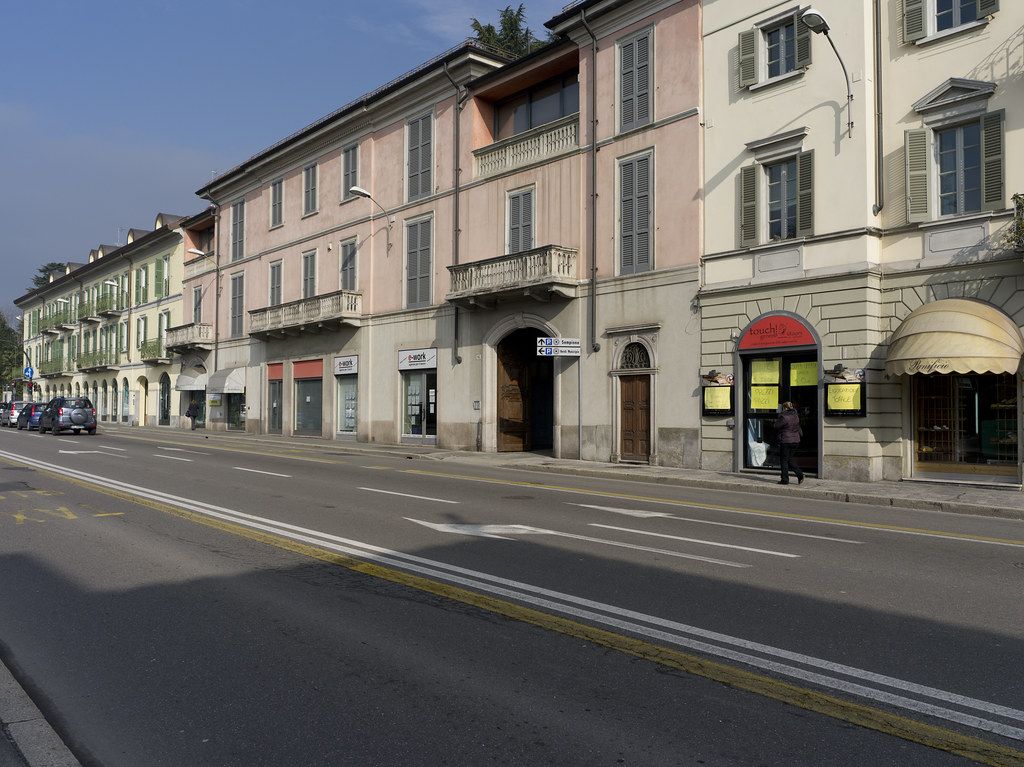DeckardTrinity
New member
Hello all... I'm new around here, and mainly joined because this seems like a good place to gather information about medium format digital backs and newer medium format systems. I've been shooting mf for the last couple of years, after a friend of mine got me into 120 / 220 film, and I discovered that a lot of the cameras on the used market can be had for pennies on the original dollar. I process all my film at home in a Jobo processor, and especially love watching the final product come out of the tank (particularly slides).
I'm not a pro like many here, mainly a serious amateur who has had a few paying gigs over the years, but nothing major. (I took some head shots for a hairstylist's client once, and did a wedding for a friend's daughter). I have a day job that pays the bills to fund my little addic... er... "hobby", and these days I've become interested in seeing what's out there in terms of digital capabilities for all of these great medium format cameras. I've shot digital since the late 90s, and currently have one digital camera - a Canon 5DM2.
I've kind of narrowed my search down a bit to two camera systems in particular - the new Pentax 645D, and the Mamiya DM series of camera kits (which I know is comprised of Leaf backs married to AFD-III cameras). What is the general opinion of folks out there regarding these two systems? It seems to me that Pentax have hit a home run after many years of R&D with their offering, especially considering the quality of the LCD screen on the back, as well as the 40MP resolution of the sensor. Can the Mamiya DM28, for instance, hope to compete against that once the camera starts to show up in larger numbers in the U.S.?
I started this whole process a few weeks back when I started looking at the Rollei lineup of autofocus medium format cameras. I really had my heart set on either a 6008AF or HY6, because they are the only 6x6 AF systems that even exist (to my knowledge), and I really wanted a camera larger than the 6x4.5 format to help me get shots of my little ones running around. I get good ones these days with my RZ67 ProII & Hasselblad 501CM, but figured AF would be a really big help. However, after reading some more, I've learned that DHW, the company running the show for Rollei now, really aren't doing a good job, and investing the thousands of $$ into one of those systems would be a very risky venture if I ever needed support for the camera / lenses down the road.
Right now I'm kind of leaning toward the Mamiya system, just because you can take the digital back off and put a nice film back on whenever you want, whereas with Pentax, even though it's cheaper, you are stuck with digital full time. I'm probably going to wait a while too to see if prices come down at all once the Pentax starts showing up in larger numbers here in the U.S. I figure they both have a good lineup of lenses, so it won't be too hard to find some good used glass for either one.
Thanks for reading and I appreciate any insights the community here has!
I'm not a pro like many here, mainly a serious amateur who has had a few paying gigs over the years, but nothing major. (I took some head shots for a hairstylist's client once, and did a wedding for a friend's daughter). I have a day job that pays the bills to fund my little addic... er... "hobby", and these days I've become interested in seeing what's out there in terms of digital capabilities for all of these great medium format cameras. I've shot digital since the late 90s, and currently have one digital camera - a Canon 5DM2.
I've kind of narrowed my search down a bit to two camera systems in particular - the new Pentax 645D, and the Mamiya DM series of camera kits (which I know is comprised of Leaf backs married to AFD-III cameras). What is the general opinion of folks out there regarding these two systems? It seems to me that Pentax have hit a home run after many years of R&D with their offering, especially considering the quality of the LCD screen on the back, as well as the 40MP resolution of the sensor. Can the Mamiya DM28, for instance, hope to compete against that once the camera starts to show up in larger numbers in the U.S.?
I started this whole process a few weeks back when I started looking at the Rollei lineup of autofocus medium format cameras. I really had my heart set on either a 6008AF or HY6, because they are the only 6x6 AF systems that even exist (to my knowledge), and I really wanted a camera larger than the 6x4.5 format to help me get shots of my little ones running around. I get good ones these days with my RZ67 ProII & Hasselblad 501CM, but figured AF would be a really big help. However, after reading some more, I've learned that DHW, the company running the show for Rollei now, really aren't doing a good job, and investing the thousands of $$ into one of those systems would be a very risky venture if I ever needed support for the camera / lenses down the road.
Right now I'm kind of leaning toward the Mamiya system, just because you can take the digital back off and put a nice film back on whenever you want, whereas with Pentax, even though it's cheaper, you are stuck with digital full time. I'm probably going to wait a while too to see if prices come down at all once the Pentax starts showing up in larger numbers here in the U.S. I figure they both have a good lineup of lenses, so it won't be too hard to find some good used glass for either one.
Thanks for reading and I appreciate any insights the community here has!




